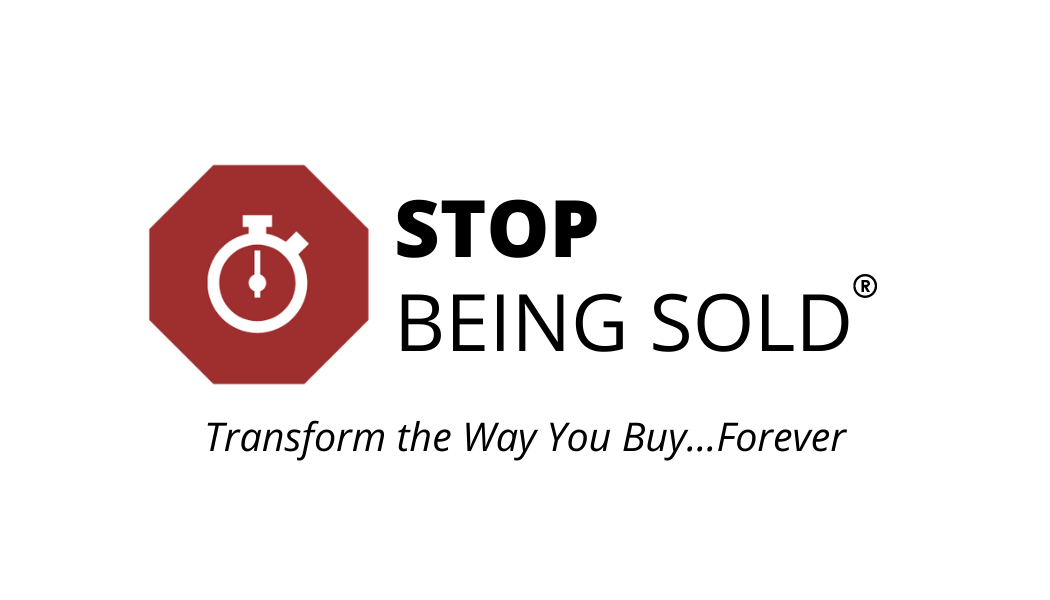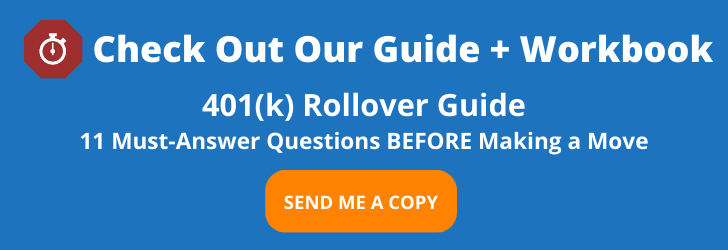07 Jul #1 401(k) Rollover Mistake to Avoid

If you’ve recently left your job, are thinking about leaving, or have a 401(k) left behind with an old employer, this #1 401(k) rollover mistake could cost you WAY more than you bargained for.
In my 24+ years as a financial advisor, I’ve met with a lot of people who’ve made this mistake.
And, let me tell you, it may be very costly by the time you add up penalties and taxes.
Just to give you a quick example: If you have $100,000 in your 401(k), making this 1 mistake could cost you $10,000 in penalties and $20,000 in unnecessary upfront taxes.
The Cost of Forgotten 401(k)s
Before we dive into the #1 401(k) rollover mistake, I want to point out how important it is NOT to leave behind a 401(k).
I know when you change jobs it’s a busy time and a rollover is the last thing on your mind.
But it’s critical 401(k) investors understand how much that decision may be potentially costing them.
Last year, Capitalize put out a report titled The True Cost of Forgotten 401(k) Accounts.
As of May 2021, Capitalize estimates that there were over 24.3 million forgotten 401(k)s holding roughly $1.35 trillion in assets – with another 2.8 million left behind annually.
That’s a boatload of money left behind – money that may not be maximized.
If that’s not bad enough, the same report found that investors could miss out on almost $700,000 in retirement savings throughout their lives due to a forgotten 401(k) being in a higher fee plan and due to poorly allocated assets.
An investor’s situation will vary based on account balance, fees, etc – but this stat just shows how COSTLY leaving behind a 401(k) can be.
If you have a 401(k) you’ve left behind with an employer, don’t let it sit there. Take action (after you read this blog, of course!).
Not All 401(k) Rollovers Are Created Equal
There are 2 types of 401(k) rollovers: direct and indirect. Understanding the difference can prevent investors from making the #1 401(k) rollover mistake.
Let’s break it down, shall we?
Direct Rollovers
Direct rollovers are pretty simple. A direct rollover means that you’re taking the money in your 401(k) and moving it directly to another company.
A direct rollover goes from one 401(k) plan to another or directly to a traditional IRA that’s in your name. Direct means you’re not touching the funds. It’s directly written to the new company.
Let’s say you are working at Goodyear (for example purposes ONLY), but Firestone offered you a better position – and more pay. When you leave Goodyear, you have your old 401(k) to roll over. You could roll over the money in your old 401(k) to either your new Firestone 401(k) or to an IRA in your name.
In most cases, the money goes from a custodian to a custodian.
The money never comes to you – meaning, you don’t get a check, and it’s not directly deposited into your bank account. It goes directly to the next custodian.
The caveat is that some companies require a check to be written to the new company.
Let’s say you went from Goodyear’s 401(k) plan to, as an example, TD Ameritrade as your IRA custodian.
Goodyear may require the check to be written in your name and TD Ameritrade’s name. For example, “TD Ameritrade for the benefit of John Smith” on the check.
The check then comes to you, the consumer, and then you have to send the check to TD Ameritrade. You personally don’t cash the check.
When it comes to direct 401(k) rollovers, you have a few options:
- Roll over your traditional 401(k) to a traditional IRA.
- Roll over your traditional 401(k) to a Roth IRA (you still have to pay taxes here).
- Roll over your Roth 401(k) to a Roth IRA.
- Roll over a 401(k) to an annuity.
[Related Read: Direct and Indirect 401(k) Rollovers: What’s the Difference?]
Indirect Rollovers
This is where the #1 401(k) rollover mistake is made.
With the indirect rollover, you receive a distribution from your 401(k), and then, to complete the rollover transaction, you make a deposit into the new retirement plan that you want to receive the funds.
You can make a rollover at any age, but there are specific rules that must be followed:
- Most importantly, you must generally complete the rollover within 60 days of the date the funds are paid from the distributing plan.
- If you fail to complete the rollover or miss the 60-day deadline, all or part of your distribution may be taxed and subject to a 10% early distribution penalty (unless you are age 59½ or another exception applies).
- The IRS only allows for one indirect rollover per 12-month period.
If properly completed, indirect rollovers aren’t subject to income tax.
However, if you receive a distribution from your 401(k), your employer must withhold 20% of the payment for income taxes.
After taxes are taken out, you will be sent the funds via check.
This means that, if you want to roll over your entire distribution, you’ll need to come up with that extra 20% to pay the taxes (you will be able to recover the withheld taxes when you file your tax return).
The #1 401(k) Rollover Mistake
As mentioned above, with the indirect rollover, you have 60 days to put your distribution check into another retirement investment vehicle, like an IRA.
If you wait too long and the 60 days pass AND you are under 59½ (which is the age you can take distribution without penalties), you will have to pay the 10% penalty and taxes on the full distribution amount.
If you are over 59½, you’ll just pay taxes.
This is why this is the #1 rollover mistake people make.
A lot of your hard-earned savings unnecessarily spent on taxes and penalties can be very, very costly.
There is one caveat: If you have a Roth provision in your 401(k) – which was funded with after tax dollars – and you have held the Roth provision for more than 5 years since your first Roth contribution, then you will have to pay the 10% penalty, but not the taxes.
If you are over 59½ and you’ve held the Roth provision for more than 5 years, you won’t have to pay penalties and taxes.
In my 24 years as a financial advisor, I’ve received a lot of calls from people who did an indirect rollover and said to me, “Well, you know, my car broke down. I could use this money to repair it.”
I always reply that this money was earmarked at one time for retirement. And I ask, “Do you still earmark for your retirement? If not, you’re going to have to pay taxes and penalty on it right now.”
It comes down to a personal decision.
And, honestly, I think one of the biggest reasons that companies distribute the small account balances is because they know the average person isn’t going to do anything with it anyway.
If you need to roll over your old 401(k), avoid the #1 rollover mistake, and consider the direct rollover option.




No Comments